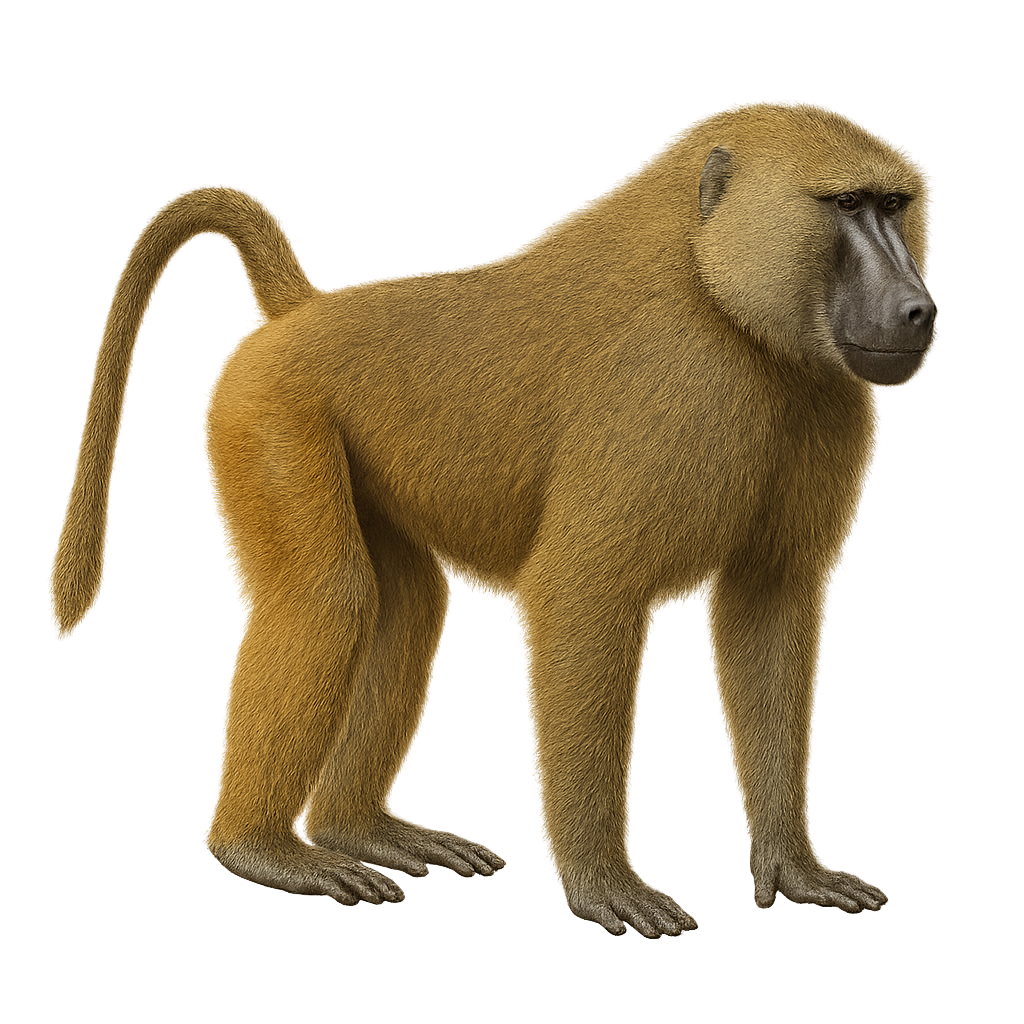Your wildlife photography guide.
Explore the guinea baboon in detail, study its behavior, prepare your shots.
Where to observe and photograph the guinea baboon in the wild
Learn where and when to spot the guinea baboon in the wild, how to identify the species based on distinctive features, and what natural environments it inhabits. The WildlifePhotographer app offers tailored photography tips that reflect the guinea baboon’s behavior, helping you capture better wildlife images. Explore the full species profile for key information including description, habitat, active periods, and approach techniques.
Guinea Baboon
Scientific name: Papio papio

IUCN Status: Near Threatened
Family: CERCOPITHECIDAE
Group: Mammals
Sensitivity to human approach: Suspicious
Minimum approach distance: 10 m
Rut period: June to August
Gestation: 180-185 jours
Births: December to January
Habitat:
Forests, savannas, wooded areas
Activity period :
Primarily active during the day, with peak activity in the morning and late afternoon.
Identification and description:
The Guinea baboon, Papio papio, is a medium-sized primate belonging to the Cercopithecidae family. It is primarily found in West Africa, particularly in Guinea, Senegal, and Gambia. This baboon is distinguished by its reddish-brown fur and black face. Males are generally larger than females and have a more developed mane. They live in complex social groups, often consisting of several dozen individuals. These primates are omnivorous, feeding on fruits, seeds, insects, and small animals. The Guinea baboon plays an important role in its ecosystem, particularly in seed dispersal.
Recommended lens:
400 mm – adjust based on distance, desired framing (portrait or habitat), and approach conditions.
Photography tips:
To photograph the Guinea baboon, it is advisable to use a telephoto lens of at least 400mm to capture detailed images without disturbing the animal. Since baboons are diurnal, natural daylight is ideal for obtaining sharp and well-exposed shots. Prefer early morning or late afternoon hours to benefit from soft light. Be patient and discreet to observe social interactions within the group.
The WildlifePhotographer App is coming soon!
Be the first to explore the best nature spots, track rutting seasons, log your observations, and observe more wildlife.
Already 1 429 wildlife lovers subscribed worldwide

